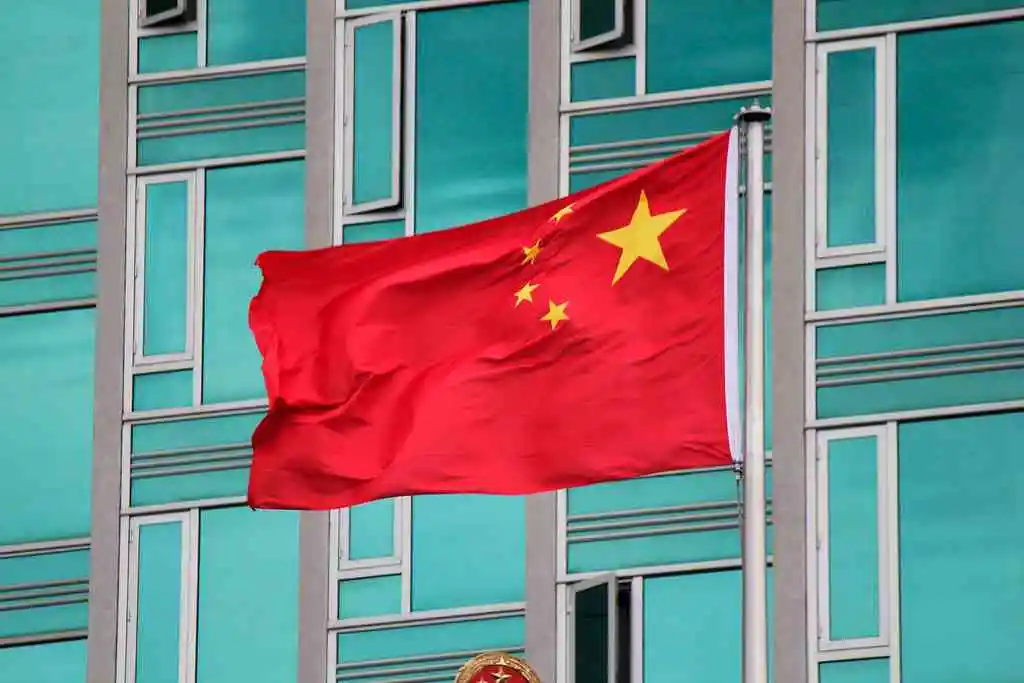- cross-posted to:
- [email protected]
- cross-posted to:
- [email protected]
cross-posted from: https://feddit.org/post/1212562
In Laos, the tiny Asian country, China became the largest foreign investor with some $5 billion spread across 745 projects, overtaking Thailand. The China-led strategy was meant to protect countries like Laos from economic shocks — instead, it led to them. Today Laos is struggling to repay the billions it borrowed from China to fund the hydroelectric dams, trains and highways, which have drained the country of foreign reserves. As repayments drag, external debt is rising, a vulnerability exacerbated by the pandemic and rising global fuel and food prices.
The escalating public debt in Laos has sparked global discussions regarding the sustainability within the region. This concern primarily stems from China’s increasing role as a significant financier of Southeast Asian infrastructure projects, raising fears that China might be using debt to gain geopolitical leverage by ensnaring impoverished nations in unmanageable loan agreements.
When President Xi Jinping of China proposed the Belt and Road Initiative (BRI) in a pair of speeches in 2013, the initiative became popular in the developing world, where almost all countries face infrastructure deficiencies. Beijing has loaned almost $1 trillion to developing nations in the past two decades. But China was specifically providing debt and burdening borrowing countries with high-interest rates they could not repay.
[…]
BRI has also been criticised as an effort to export China’s authoritarian model, as a number of major loan recipients have poor records of democracy and civil liberties like in Cambodia and Laos in Asia.
What then results is called ‘Debt-trap diplomacy (DTD),’ now associated as a Chinese policy tool connected to BRI. The approach to Debt-trap diplomacy begins by China intentionally lending excessively money to low-income indebted states that cannot later repay Chinese debt. Loan taking nations see a rise in public debt. However, it is difficult to say how much Chinese financing is going to infrastructure in Southeast Asia because the Chinese effort lacks transparency. China’s loans are largely coming from the two policy banks: China Development Bank and China EXIM Bank. They borrow on domestic and international capital markets and lend with a spread, so they expect to be financially self-sufficient.


